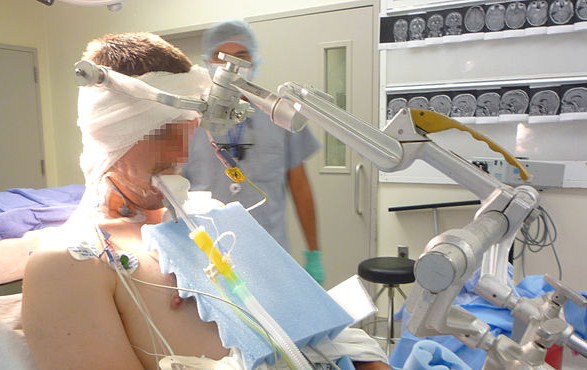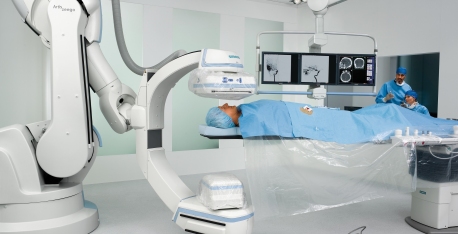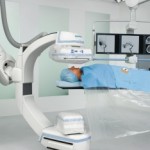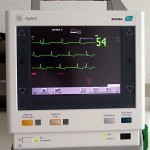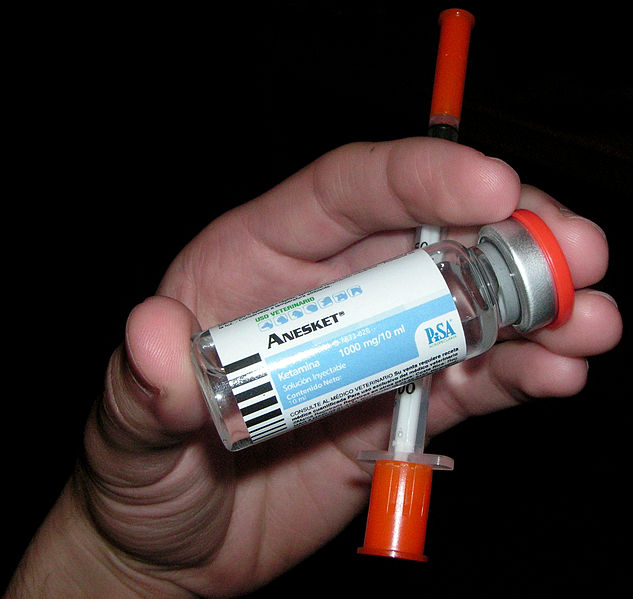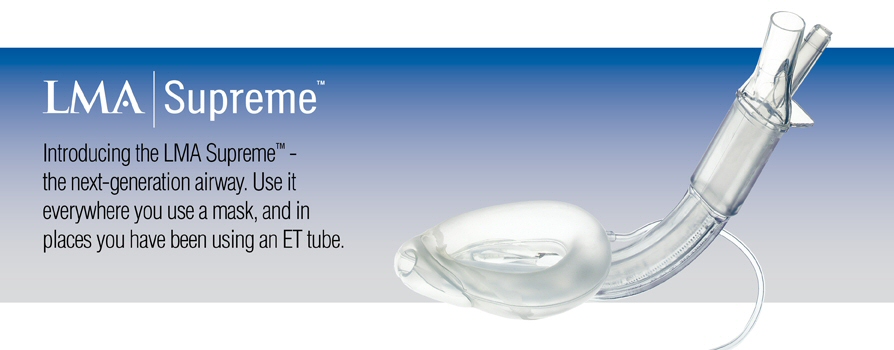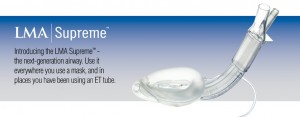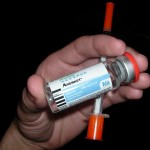 Ketamine is an old drug which has come in and out of favor many times over the past decades. Currently, articles are emerging touting the advantages of Ketamine as a supplement for both general anesthesia and monitored anesthesia care. Below is a description by Pamela Chambers, CRNA regarding her clinical experience using Ketamine as a supplement. Read her excellent review, scan the articles and leave a comment to share your experiences with your colleagues.
Ketamine is an old drug which has come in and out of favor many times over the past decades. Currently, articles are emerging touting the advantages of Ketamine as a supplement for both general anesthesia and monitored anesthesia care. Below is a description by Pamela Chambers, CRNA regarding her clinical experience using Ketamine as a supplement. Read her excellent review, scan the articles and leave a comment to share your experiences with your colleagues.
Submitted by Pamela Chambers, CRNA
Lexterrae legal consulting service
For the EP case that lasted 6+ hours, GETA with .5 mac Desflurane and Propofol infusion at 30 ug/kg/min, the Propofol Ketamine mixture performed very well. I mixed 50mg Ketamine in each 50ml bottle of propofol. I used less than 3 bottles for the case and never used more than .5 mac Des. I used a total of 25 ug Fent, just after intubation, for the case. The patient was 83 yo male, approx 90 kg, EF 20%.
Upon emergence the patient denied any pain or discomfort. He was appropriately responsive to verbal and did not cough on extubation. VS were stable and he was A&O x3 on arrival to the EP room for phase 2 recovery.
A few days later, I used Ketamine as an analgesic adjunct for another long case (10 hr bilateral mastectomy and tram flap). I used a total of 195 mg Ketamine. The patient was an ASA 1. After 100 ug Fent (and 3mg Versed) prior to induction, I used 30 mg Ketamine approximately 3 mins prior to incision. Then I administered 30 mg Ketamine at hr number 2, and hr #3. Around hr #4, I decreased the Ketamine to 15mg for each hrs successive dose with a plan to halt Ketamine admin when I believed the case was 2 hrs from completion. My last Ketamine dose was at 1430 during the last phases of the case. The patient began spontaneous ventilations after reversal of NDMR at approximately 1640. The case ended at approximately 1730. The patient
received a total of 2200 ug Fent dosed approximately 100 ug every 30-45 mins.
Intermittent rescue doses for SNS spike were not required. Pressor agents were not used. Hemodynamics were extremely stable, almost like the proverbial railroad track!
Total fluid administered was 2 liters NS and 1 liter 5% Albumin, UO was 150 ml, EBL 300ml. I also adminstered 2 mg Versed at 1600 to facilitate decreasing the inhaled agent level and to ameliorate any emergence delirium associated with the Ketamine. The patient was appropriately responsive to verbal prior to extubation, and did not cough during extubation. She also denied any c/o pain immediately post-operatively. No emergence delirium was appreciated.
Click here to read a review article by Laskowshi et. al regarding Ketamine use
Click here to read an article by McCartney et al regarding the role of the NMDA receptor
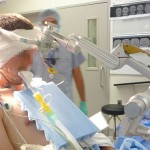 All CRNAs who take call in a medical center have had the challenge of caring for the intoxicated driver who arrives at the Hospital with a head injury. Imagine that both drivers sustained a traumatic head injury. One driver was intoxicated and the other was completely sober. Which driver is more likely to have a better outcome?
All CRNAs who take call in a medical center have had the challenge of caring for the intoxicated driver who arrives at the Hospital with a head injury. Imagine that both drivers sustained a traumatic head injury. One driver was intoxicated and the other was completely sober. Which driver is more likely to have a better outcome?